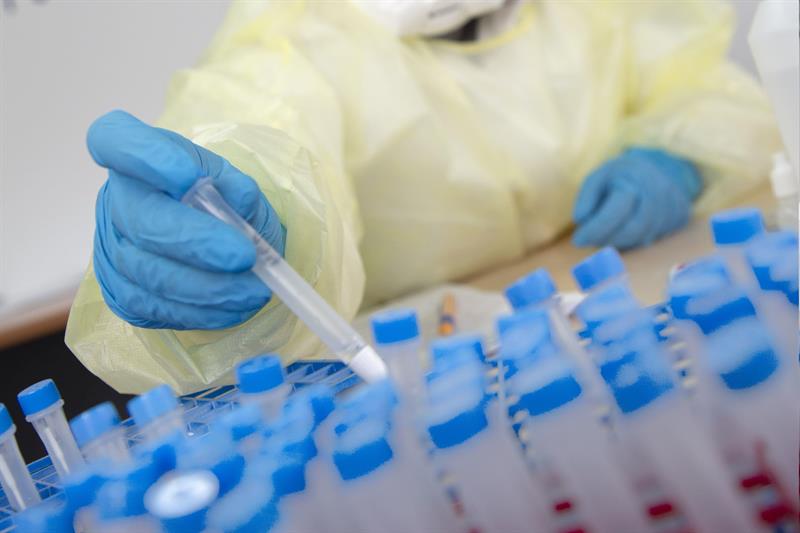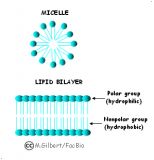
aureus on the early osteoblast differentiation process. Our study aimed at understanding the intracellular effects of S.

However, these studies focused mainly on the extracellular effects of S. aureus triggers an impairment of osteoblasts function that could contribute to bone loss. aureus into osteoblasts, the bone-forming cells. One of the main factors involved in the chronicization of staphylococcal BJIs is the internalization of S. Staphylococcus aureus is the most frequent aetiology of bone and joint infections (BJI) and can cause relapsing and chronic infections.

Early postoperative troponin I levels were correlated to bilateral LT, need for ECLS, and intraoperative blood transfusion. The multiple linear regression model found that troponin levels were associated with the need for ECLS (p=0.014), the amount of transfused packed red blood cells (PRBC) (p=0.008), and to the bilateral LT (p<0.001).Įarly postoperative troponin serum levels were not independently associated with 1-year mortality. In the multivariable analysis, we found that only the Simplified Acute Physiology Score II (SAPS 2) score (hazard ratio 1.03 95% confidence interval P=0.007) and the need to maintain extracorporeal life support (ECLS) at the end of surgery (hazard ratio 2.54 95% confidence interval p=0.003) were independently associated with the 1-year mortality. Troponin I was elevated in all LT patients with a median of 3.82 ng.ml⁻¹ ng.ml⁻¹, being significantly higher in non-survivors than in survivors, 5.39 versus 3.50 ng.ml⁻¹, p=0.005. Two hundred and twenty LT procedures were analysed. Patients who underwent lung transplantation from January 2011 to December 2017įor each patient, preoperative, intraoperative, and postoperative data were collected, as well as the troponin I measurement at the moment of postoperative ICU admission.

Retrospective, observational, single-centre study. We aimed to evaluate the association between early postoperative troponin concentration and the 1-year mortality after transplantation. Lung transplantation (LT) surgery shares common features with cardiac surgery, but postoperative troponin has yet to be investigated. Postoperative cardiac troponin I concentration is predictive of worsened outcome in cardiac surgery. Our experience in routine practice is also discussed, i.e., the impact of daily workload, "manual" steps resulting from dilutions and pediatric samples, maintenances, flex hydration on instrument's performance on throughput and turnaround time. Since no volume detection and thus no warning is available on limited sample racks, pediatric samples require special caution to the Siemens protocol to be analyzed in secured conditions. Performance and practicability of Dimension Vista® are highly suitable for both routine and emergency use.
#CHEMLAB 1500 SOFTWARE#
Simulated routine testing demonstrated excellent practicability, throughput, ease of use of software and security.
#CHEMLAB 1500 FULL#
Good instrument performance and full functionality (no reagent or sample carryover in the conditions evaluated, effective sample-volume detection, and clot detection) were confirmed. The influence of interfering substances (i.e., hemoglobin, bilirubin, or lipids) was moderate, and Dimension Vista® specifically alerted for interference according to HIL (hemolysis, icterus, lipemia) indices. Functional sensitivity of high-sensitivity C-reactive protein and cardiac troponin I were 0.165 mg/l and 0.03 ng/ml, respectively (coefficient of variation CV < 10%). Performance of nephelometric and LOCI modules was excellent.

Data were comparable and correlated to our routine analyzers (Roche Modular DP®, Abbott AXSYM®, Siemens Dimension® RxL, and BN ProSpec®). Analytical domain was large and suitable for undiluted analysis in most clinical settings encountered in our hospital. We assessed analytical performance of assays routinely performed in our emergency laboratory according to the VALTEC protocol, and practicability. Dimension Vista® analyzer combines four technologies (photometry, nephelometry, V-LYTE® integrated multisensor potentiometry, and LOCI® chemiluminescence) into one high-throughput system.


 0 kommentar(er)
0 kommentar(er)
